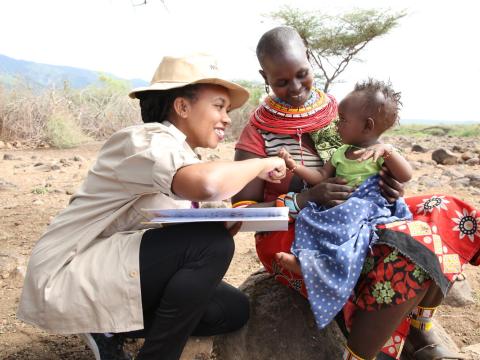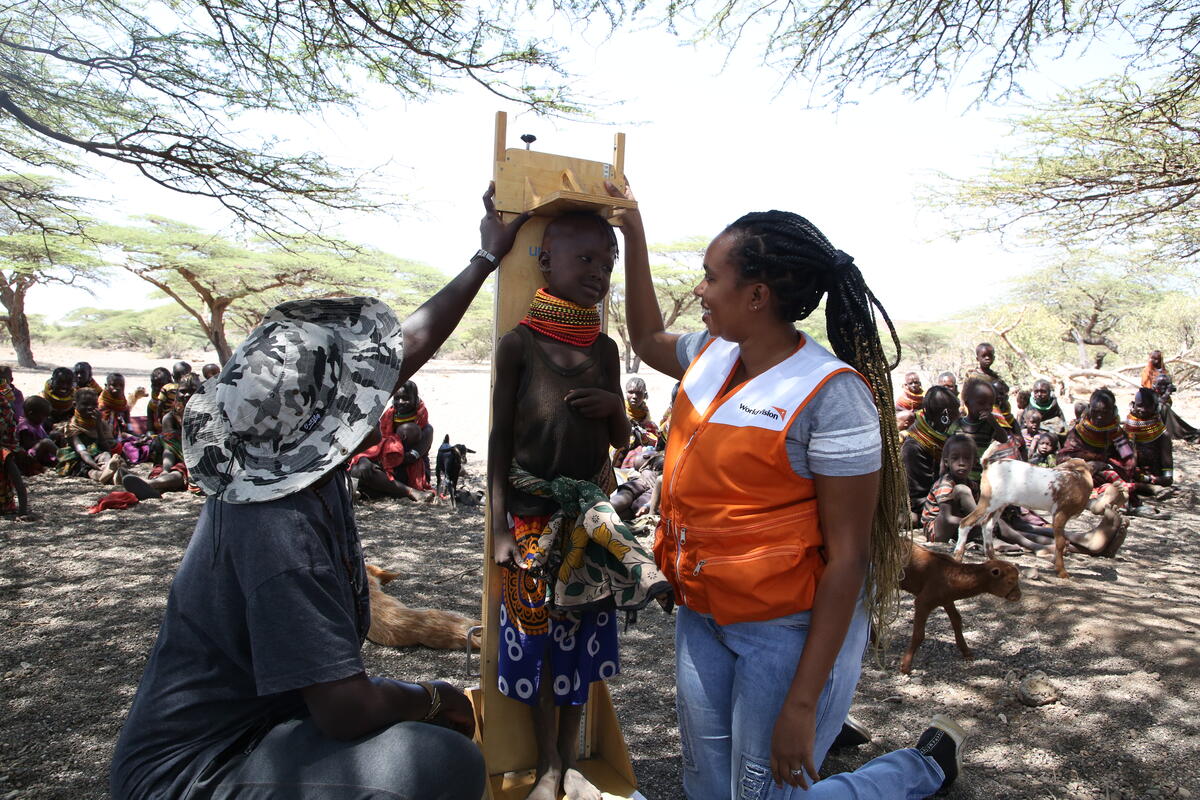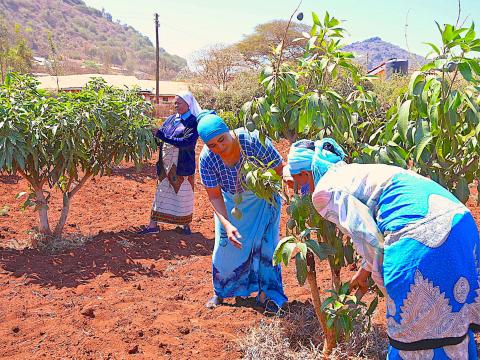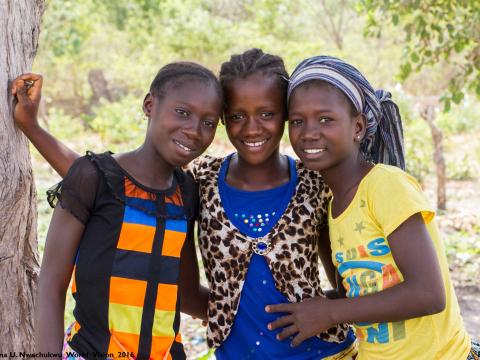
Why we must protect children from the consequences of hunger
World Humanitarian Day 2022 Special: When hunger is widespread, child protection issues come to the forefront. World Vision has child protection specialists working worldwide, including in Kenya, where 884,464 children aged between 6 months and 5 years or (under five) are acutely malnourished and in need of treatment. Everlin Lenaikoi is one of them. She explains the links between hunger and child protection and how interventions can change the course of a child’s life for the better. #ItTakesAVillage
A deadly mix of conflict, COVID-19, climate change, and rising costs have pushed approximately 39 million people across East Africa into hunger, with drought and desert locusts exacerbating the situation for children living in northern Kenya.
Today, nearly 1 in every 3 Kenyan children are suffering from malnutrition.
I grew up in a village in northern Kenya where we lacked food, so I know what hunger can do to a child. It can cause malnutrition and health complications, especially in young children.

Food insecurity is a leading cause of wasting in children, and malnutrition is the main underlying cause of 45% of all preventable deaths of children under 5 – children who suffer from wasting are 11 times more likely to die than well-nourished children.
It can devastate you. You feel like no one is there to help you. I was one of the lucky ones, though - I did get help. I remember when the humanitarian workers would bring us food. We would be so happy seeing the lorry coming because we knew we’d have something to eat that day and wouldn’t have to go to school hungry the next day.
Life wasn’t perfect, even when there was food; there. There weren’t books to read at school, and children frequently faced issues like female genital mutilation and child marriage, but,. I now know from my work as a child protection and advocacy officer that hunger is also a child protection issue and exacerbates those problems. When families lack enough income to buy food, this can lead to their children dropping out of school to work to support their families. Even when they can stay in school, without enough food, it’s hard for children to concentrate.
Surveys conducted by World Vision showed that:
-
Globally 9 million additional children are at risk of being pushed into child labour by the end of 2022.
-
Hunger was a major driver for children ending up in gangs or armed groups in Kenya due to decreased food availability.
-
A child who went to bed hungry was 60% more likely to be married than his or her peers who did not experience hunger.
-
3.3 million children are at heightened risk of child marriage due to increased hunger.
Child marriage is another concern. Again, the hunger crisis is a driver, but societal beliefs preserve this tradition in many villages. Many still view girls as a source of wealth – families in Kenya receive dowries when their daughters marry – often, girls are pushed into marriage so the animals, cattle, or money families receive as dowry can support the survival of the rest of the family.
I work closely with local authorities to ensure that I’m aware of the local child marriage cases. Recently 9-year-old Anna*, a girl from a village I was working in, came to me for help. Her parents disowned her when she refused to get married because it would mean the end of her education. To combat such cases, I work with local authorities to find solutions. Thankfully, we were able to intervene and convince her parents to continue supporting her and let her continue going to school.
I’m a humanitarian worker because I want to help children like her thrive despite these obstacles. She’ll now have the opportunity to show her parents, who thought she was only worth what she could get them in a dowry, how much she can achieve in her life.
This year’s World Humanitarian Day recognises it takes a village to raise a child and a whole community to help people in need. In an emergency, the first people to respond are always crisis-affected people themselves. We take a moment to reflect on our own real-life heroes that work for and with World Vision for the benefit of vulnerable children around the world.
Everlin Lenaikoi is Child protection and adult safeguarding advocacy officer at World Vision Kenya
*Name has been changed.


